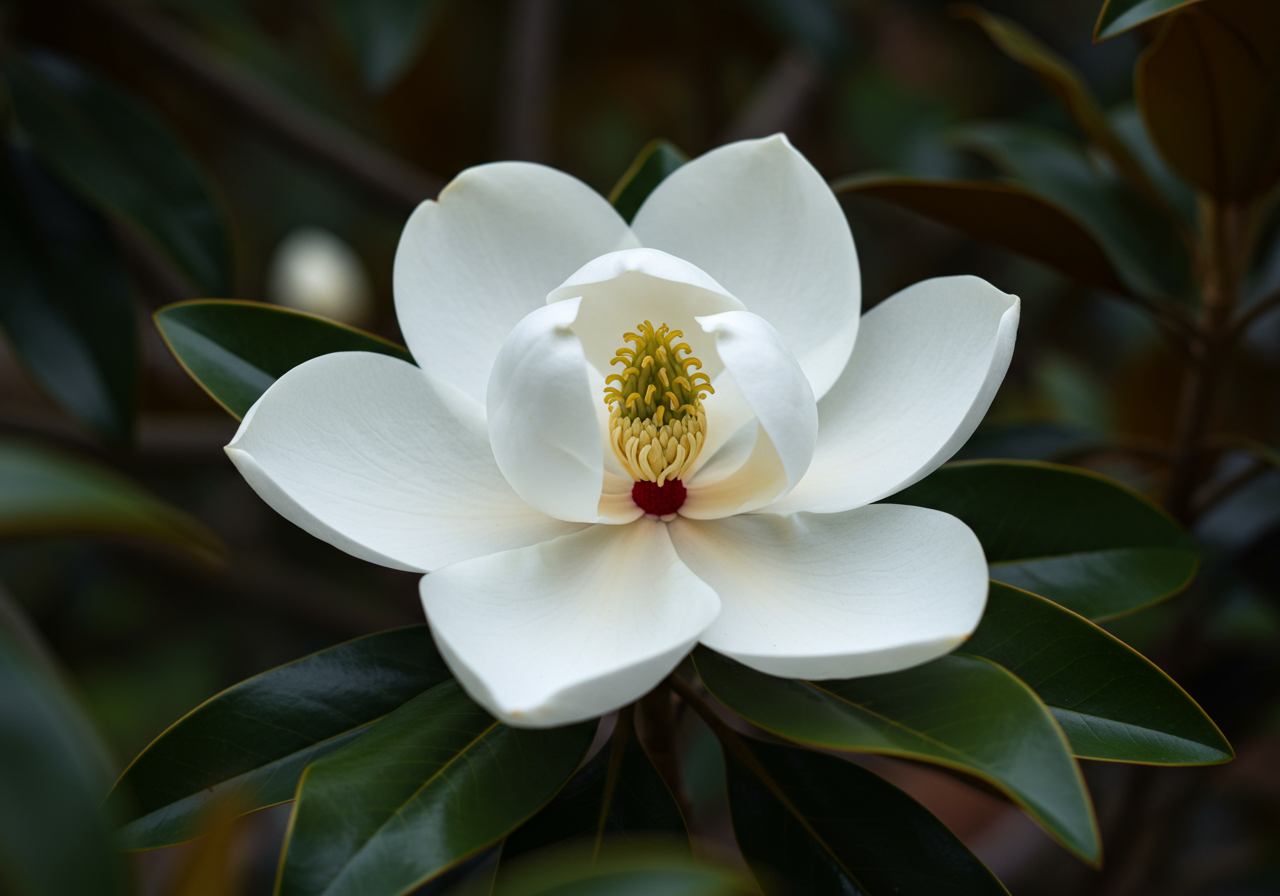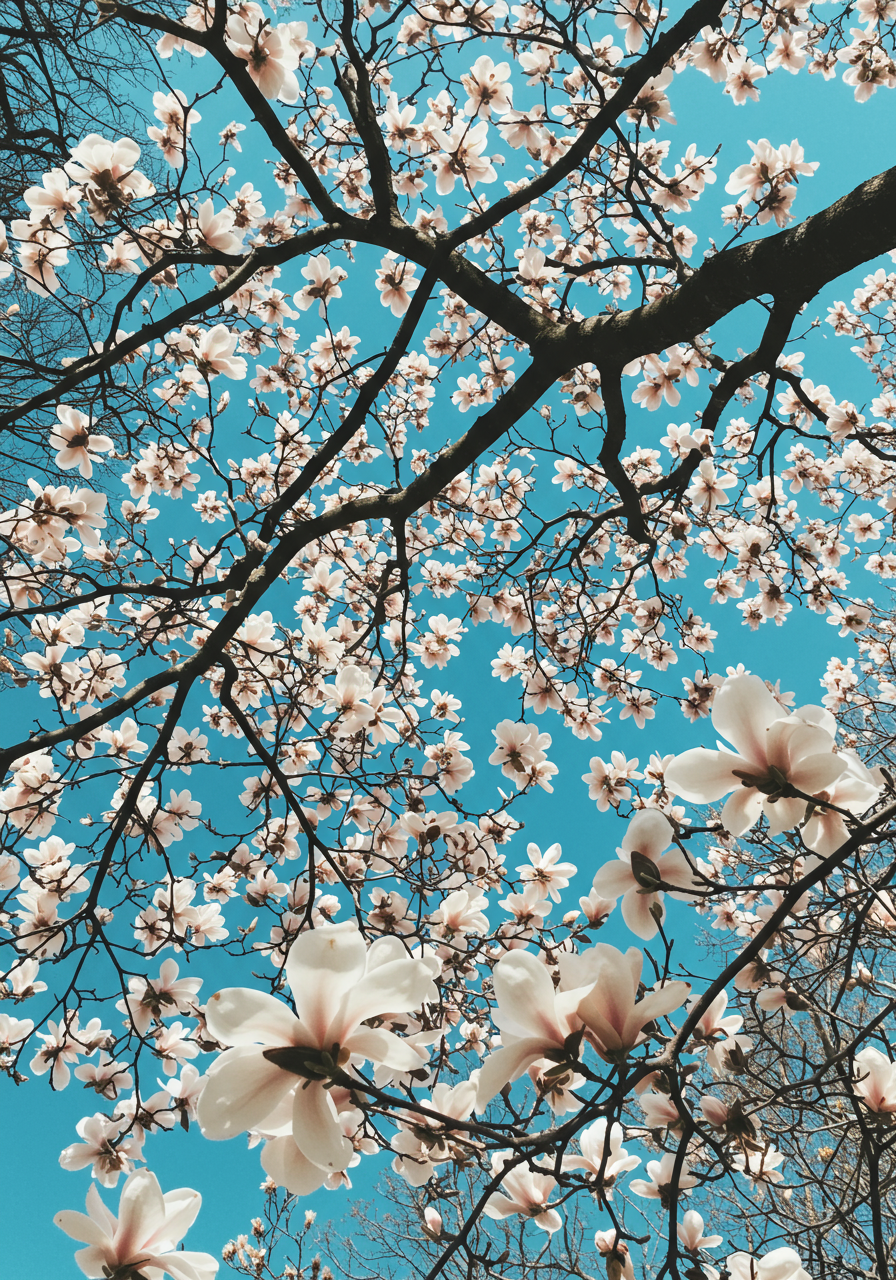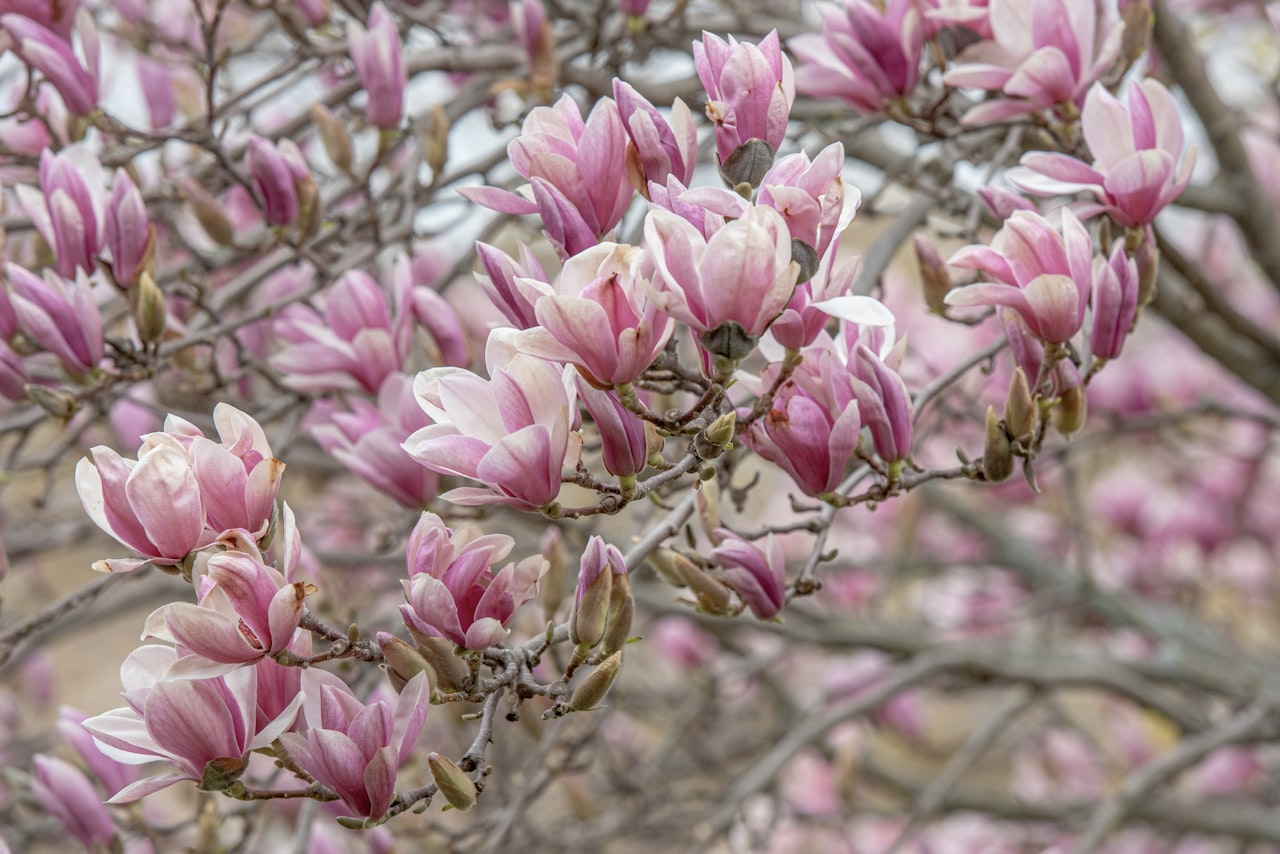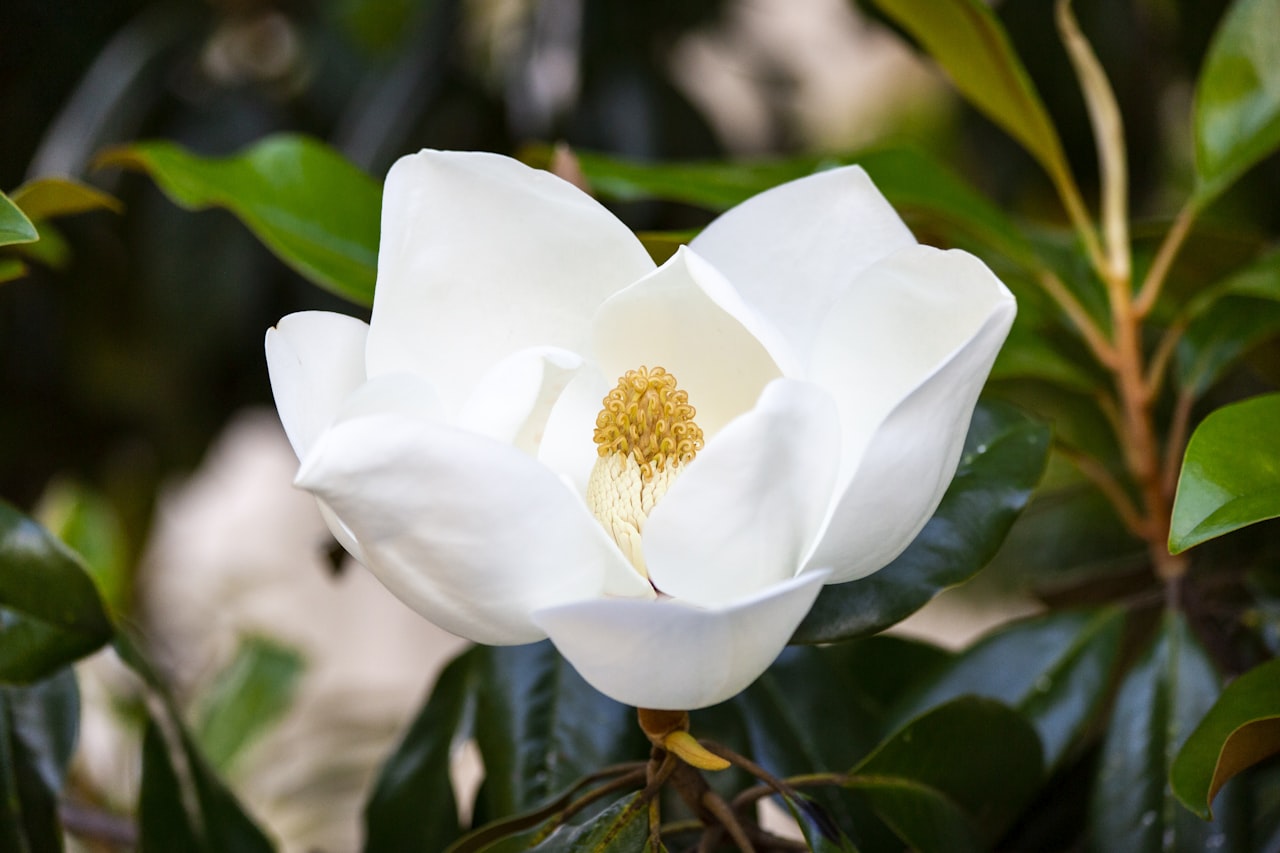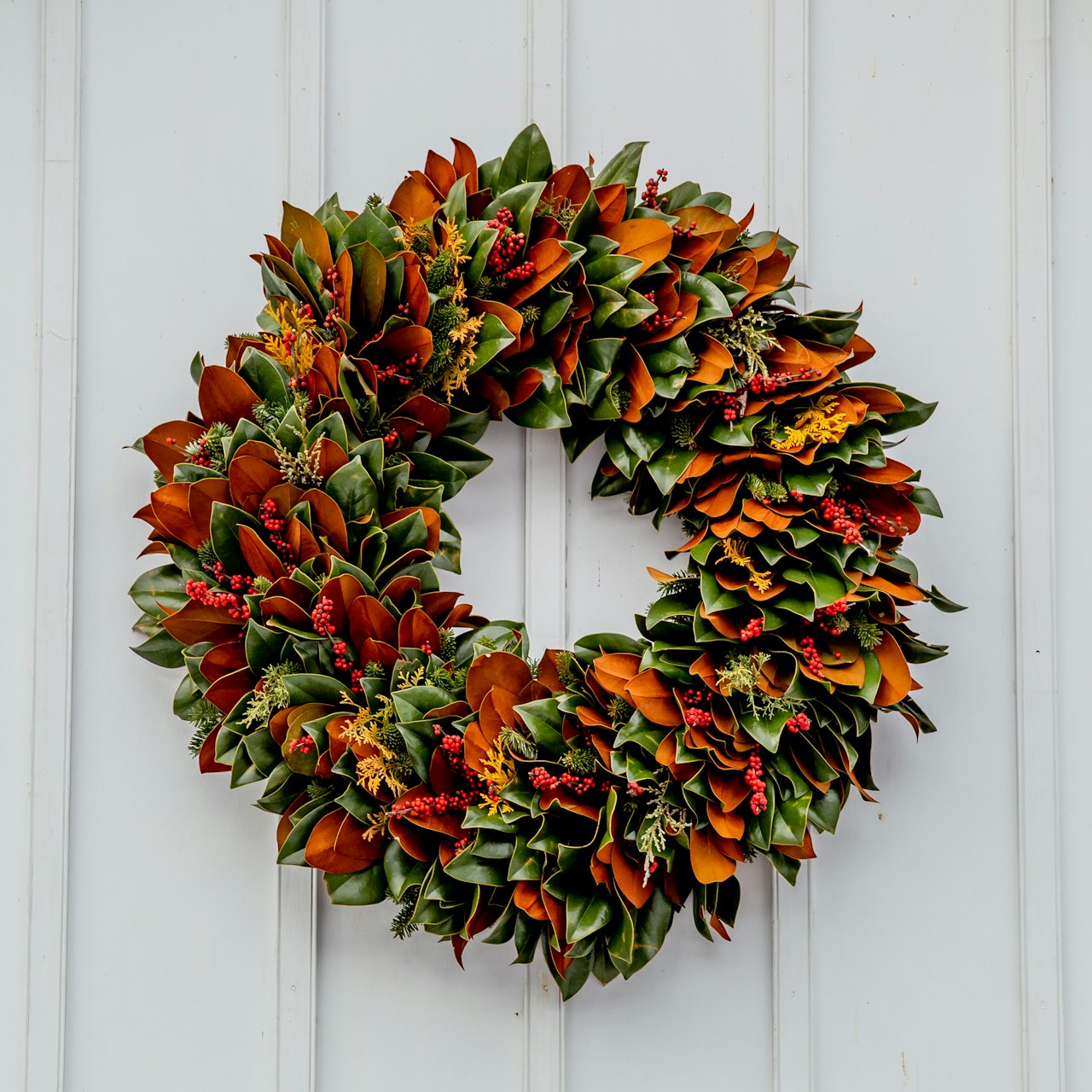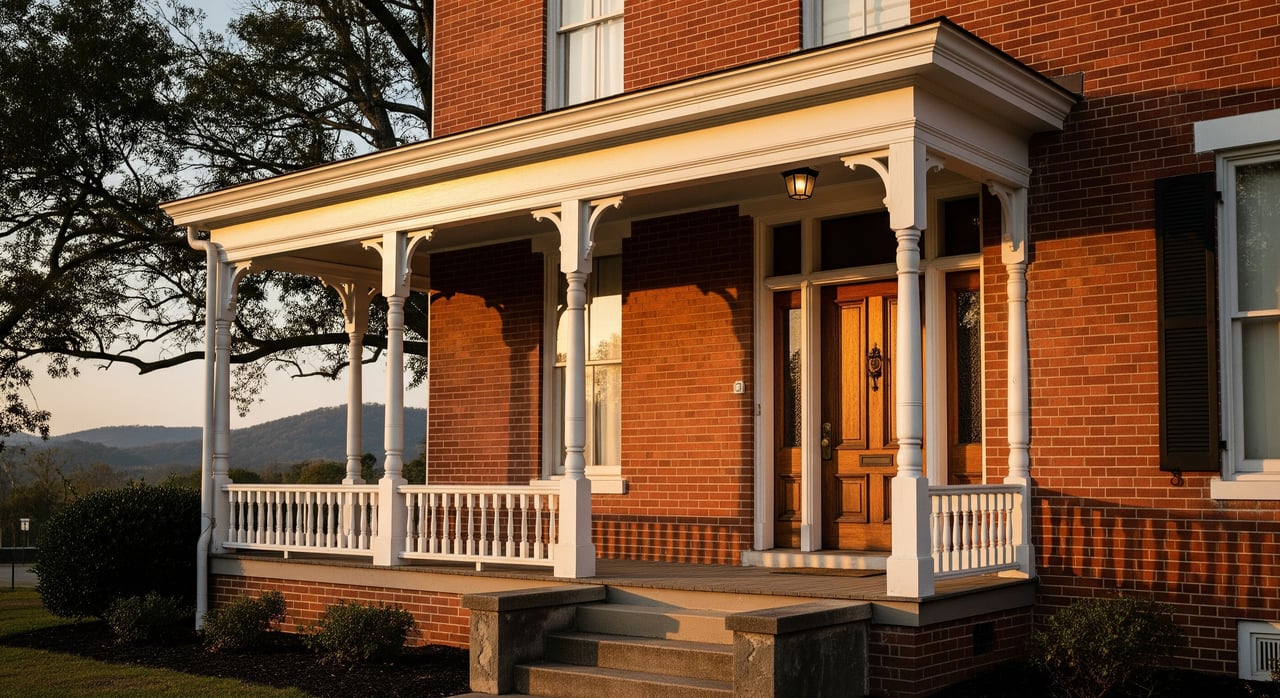The Magnolia tree holds a special place as one of the iconic symbols of the Southern United States. Its grandeur and evergreen presence have come to embody the essence of Southern elegance and hospitality, to the extent that it's even lent its name to a famous home designer's brand, Magnolia Home, and the TV Show Sweet Magnolias. However, it's intriguing to note that this tree didn't originate within the United States. Join me as we embark on a journey through time to delve into the rich history, diverse varieties, essential care tips, blooming seasons, and versatile applications of the Magnolia, including its role in the creation of holiday wreaths.
The Magnolia's Arrival in America
The story of Magnolia trees in America is intertwined with exploration and curiosity. In the late 17th century, early American plant enthusiasts and botanists set their sights on this exotic beauty. The first Magnolia to arrive in the United States was the Southern Magnolia (Magnolia grandiflora), brought from its native Southeast Asia. Its striking evergreen leaves and enormous, fragrant blossoms quickly captured the hearts of gardeners and landscape designers.
Magnolia Varieties
Over the centuries, various Magnolia species and cultivars have been introduced, each with its unique charm. Some notable Magnolia varieties include:
- Southern Magnolia (Magnolia grandiflora): Known for its large, glossy leaves and enormous white, fragrant blossoms.
- Star Magnolia (Magnolia stellata): Distinguished by its star-shaped, white flowers and compact growth.
- Saucer Magnolia (Magnolia × soulangeana): Features stunning, tulip-shaped flowers in shades of pink and purple.
- Sweetbay Magnolia (Magnolia virginiana): Known for its fragrant, creamy-white flowers and silvery leaves.
Care and Maintenance
Knoxville and the surrounding areas are very hospitable places to grow a magnolia tree of any variety. Make sure when choosing the larger varieties to give them plenty of space to grow. Magnolia trees are generally low-maintenance but require specific care to thrive:
- Location: Plant in well-draining soil and choose a sunny to partially shaded spot.
- Watering: Keep the soil consistently moist, especially during the tree's early years.
- Pruning: Prune sparingly and only as needed to maintain shape and remove dead or damaged branches.
- Fertilization: Apply a balanced fertilizer in the spring to encourage healthy growth.
- Protection: Shield young trees from harsh winter weather and extreme temperatures.
Magnolia Bloom Time
In the greater Knoxville area, the enchanting blossoms of Magnolia trees typically emerge in the spring, filling the air with their sweet fragrance. Typically you will see the tulip Magnolia come alive first and it may even rebloom later in the year. While the Southern Magnolia tends to bloom later in the summer close to fall. You can check your local extension's website for more details on bloom times for your area.
Versatile Uses, Including Holiday Wreaths
Magnolia's versatility extends beyond the garden. Its glossy leaves and captivating blooms are ideal for crafting stunning holiday wreaths. By combining Magnolia leaves with other seasonal foliage and decorations, you can create festive wreaths that adorn doors and mantels. One more reason to plant the Magnolia Grandiflora is so that you can make your own decorations for the fall and winter holidays for little to no cost.
The history of the Magnolia tree is a testament to its enduring charm and adaptability. From its arrival in America to its various captivating varieties and care tips, the Magnolia tree continues to captivate and inspire. Its role in holiday wreaths adds an extra layer of enchantment to this beloved symbol of elegance and resilience. As you admire the next Magnolia tree you encounter, remember the rich history it carries and the beauty it adds to our world.
If you are looking for a home to own where you can plant your own Magnolia tree then give us a call at 865-588-3232.

